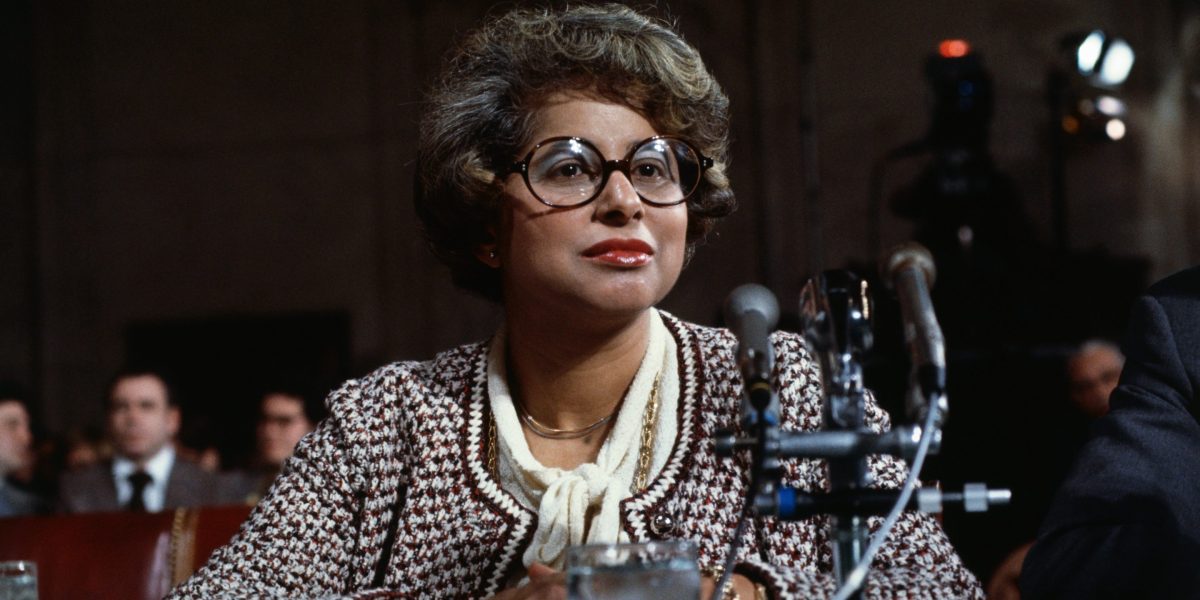Patricia Roberts Harris, born in 1924, was a trailblazer in her own right.
Raised by her mother and grandmother, Harris was off to a strong start in her academic pursuits when she received several scholarship options for college. After choosing Howard University in Washington, D.C. she served as a member of Delta Sigma Theta Inc. and as the vice chairman of the Howard University chapter of the NAACP, according to Louisiana’s St. Tammany Parish Library. She was also involved in a historic moment in the nation’s history, participating in one of its first sit-ins at a lunch counter in 1943.
Following her time at Howard University in 1945, she enrolled in the University of Chicago’s graduate school before pursuing her interest in civil rights action by transferring to American University and receiving her master’s degree.
Harris went on to attend George Washington University Law School after being encouraged by her husband to water her focus on civil rights. Her studies were completed in 1960, and she graduated at the top of her class, per Historic America.
It is easy to imagine that Harris was far from finished. The Illinois native would go on to build an impressive resume, which includes a brief period working for the U.S. Department of Justice’s appeals and research section of the criminal division as an attorney in 1960. There she became acquainted with Attorney General Robert Kennedy.
Three years later, Harris was called on by President John F. Kennedy to serve as co-chairman of the National Women’s Committee for Civil Rights. And in 1964, under the presidential term of Lyndon B. Johnson, Harris broke down barriers becoming the first Black woman to serve as an ambassador. She became the United States Ambassador to Luxembourg from 1965 to 1967.
The achievement deserves applause, but Harris pointed out its dual nature.
“I feel deeply proud and grateful this President chose me to knock down this barrier, but also a little sad about being the ‘first Negro woman’ because it implies we were not considered before,” Harris said, according to Historic America.
A number of other firsts would be achieved by Harris in the near future. She had previously returned to Howard University in 1961, serving as associate dean of students and as a law lecturer at the university’s school of law. In 1969, she became the first Black woman to become dean of the school.
Two years later, she was named to the board of directors of IBM. Fortune reports she was the first Black woman to join a Fortune 500 board.
Harris would also serve on the boards of Scott Paper Co. and Chase Manhattan Bank.
In 1972, Harris served as chairman of the credentials committee helping the Democratic Party, and one year later she became a member-at-large of the Democratic National Committee. President Jimmy Carter, who took office in 1997, named Harris as secretary of housing and urban development and secretary of health, education, and welfare in 1979.
Harris positioned herself to run for mayor of Washington, D.C. in 1982. Despite her efforts, she lost to incumbent Mayor Marion Barry. Within that same year, she worked at George Washington National Law Center as a full-time professor.
Harris surely shattered glass ceilings during her lifetime before passing away at the age of 60 due to breast cancer.
The U.S. Postal Service commemorated her legacy in 2000 by placing her likeness on a stamp, which was unveiled at Howard University.

















